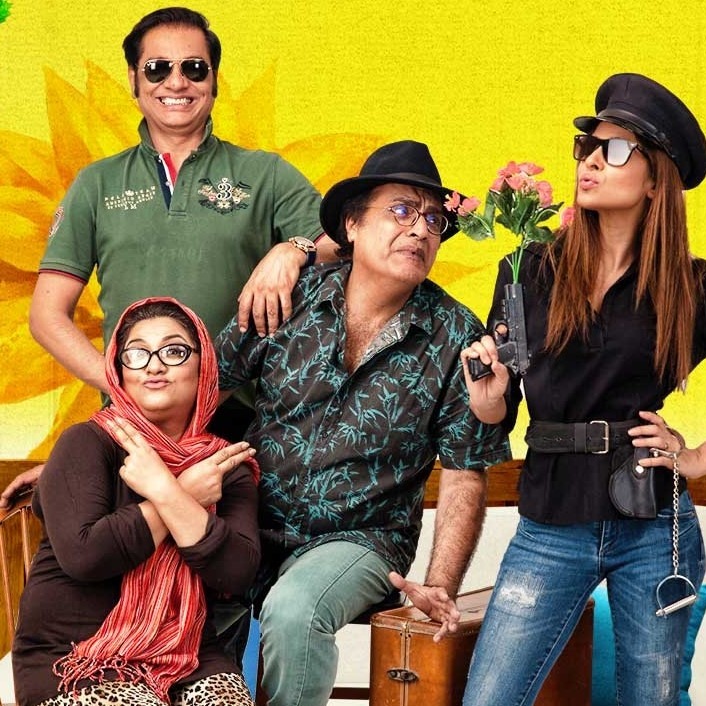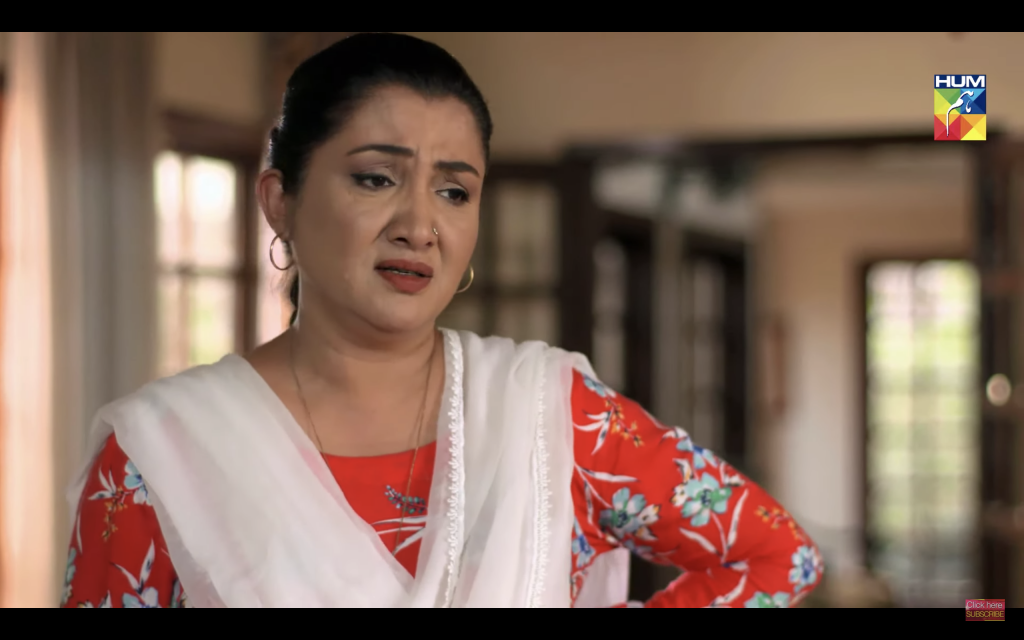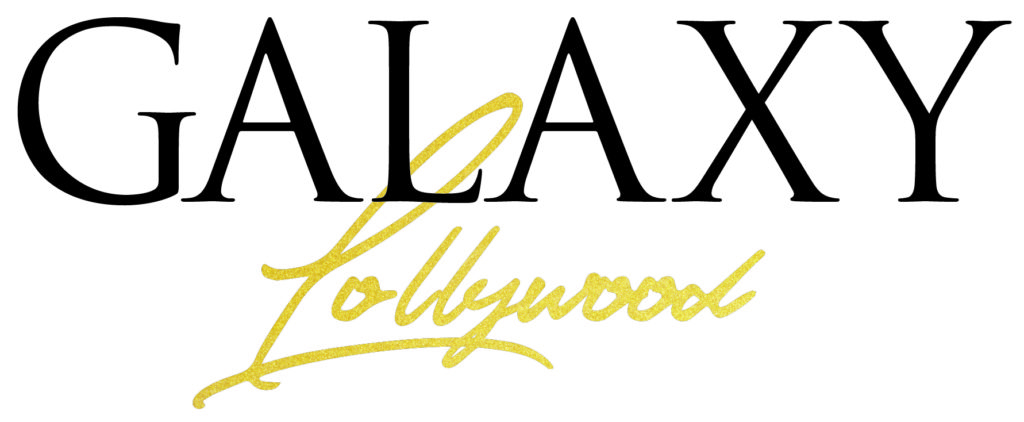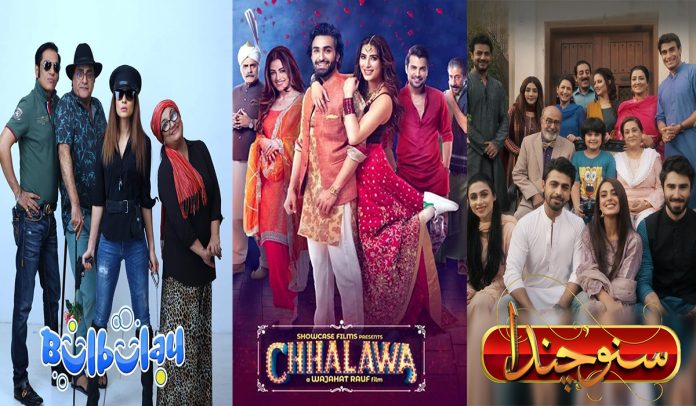I remember conversing with one of the co-producers of Shoaib Mansoor’s rape survivor film Verna. At one point in the conversation, I complained about how the director has continuously from Khuda Kay Liye to Bol and Verna, portrayed Pashtuns in a stereotypically negative way. The co-producer responded that people identify more with characters when they are shown in more conventional (read stereotypical) ways than those which are relatively unknown to them.
The argument may be partially convincing. Considering the artistic limitations that writers/content creators face in order to make their product appealing to the “masses”, falling back to the “safe” zone of stereotyping characters does not seem like a difficult choice. However, it still does not justify the practice.
Stereotypes perpetuated by the media are more like to reflect and shape the common prejudices in society. In the current geopolitical scenario and era of fourth-generation warfare, TV, film, and media need to be sensitive and careful as such reductive stereotyping forms the basis for ignorance of other cultures as well basis for the marginalized communities to be alienated further.
Inability to identify the problem
A rather palpable wave of protest and disdain was observed across social media platforms a few weeks ago when a scene from popular sitcom Bulbulay depicted a Pashtun character asking Nabeel (played by Nabeel who happens to be the show’s producer as well) to receive a gift from him. Nabeel responds by saying, “Iska gift kya hoga? Ya naswar ya bomb!“(What could his gift be? Either naswar or a bomb!)
The ensuing protest on Facebook & Twitter became trending in Pakistan under the hashtag of #BoycottARY. Concerns were recorded at Pakistan’s National Assembly as well where a lawmaker from KPK pointed towards the disturbing and insensitive practice of racial profiling of Pashtuns in mainstream media, particularly pointing towards ARY’s sitcom.
 This prompted the show’s producer to issue a response. Nabeel’s video, however, instead of being a clear-cut apology, mostly consisted of euphemizing the racist rhetoric that the show has been quite insensitively endorsing. Obviously the video failed to appease the sentiments of the offended ethnicity who is constantly subjected to the most regressive and derogatory representation on mainstream media. What’s more disturbing is that certain tabloids/showbiz personalities expressed their solidarity with the Bulbulay makers, outrightly neglecting what the discourse was about.
This prompted the show’s producer to issue a response. Nabeel’s video, however, instead of being a clear-cut apology, mostly consisted of euphemizing the racist rhetoric that the show has been quite insensitively endorsing. Obviously the video failed to appease the sentiments of the offended ethnicity who is constantly subjected to the most regressive and derogatory representation on mainstream media. What’s more disturbing is that certain tabloids/showbiz personalities expressed their solidarity with the Bulbulay makers, outrightly neglecting what the discourse was about.
Pashtuns have been the most prominent victims of such practices. Grown on the scrubland of cultural ignorance and under-researched, one-dimensional characters, their portrayals in Pakistani films and dramas over the years are more artistically offensive than culturally so. In the 90s they mostly served as chowkidars clad in Turkish waistcoats with a gun stapped on their shoulders or as a simpleton who always would be the butt of the joke. If not so, they would merely be seen on a skin-deep level, as stout merciless figures with thick beards. Every terrorist shown in the media in a post-9/11 world is almost always a Pashtun and that is an image that is further perpetuated by the local Pakistani content.
Stereotyping all across the board
Bulbulay isn’t the first show from Pakistan to project such prejudices, neither are Pashtuns the only victims of such practices. There are scores of examples from local TV, film, and theatre who, courtesy their intellectual laziness, opt for derogatory stereotypes of ethnicities like Pashtuns, Punjabis, and Sindhis for their own convenience.
From recent films offerings like Chhalawa, Maan Jao Na, Ishq Positive, Karachi Se Lahore, and dramas like the Baraat series and Suno Chanda, Punjabis are portrayed as crude, unrefined, loud feudals who are either shown has imposing villains or in the form caricaturish family unit that is always engaged in verbal banter.
 Sindhis are shown as uneducated, backward suppressed simpleton villagers who conform to tyrants of local waderas, as the usual norms in our dramas. Or they are shown as minor characters in the drama, usually in the form of house-help, with the only way to identify their ethnicity being their stereotypical way of speaking Urdu with a heavy Sindhi accent.
Sindhis are shown as uneducated, backward suppressed simpleton villagers who conform to tyrants of local waderas, as the usual norms in our dramas. Or they are shown as minor characters in the drama, usually in the form of house-help, with the only way to identify their ethnicity being their stereotypical way of speaking Urdu with a heavy Sindhi accent.
This creates a very strange idea of who Pashtuns, Punjabis , and Sindhis (or any other misrepresented people) are for those who don’t know any of these people. And it also creates a very confused and estranged relationship between these ethnic groups who, due to mainstream media, can’t fully identify with this bizarre representation of themselves and of the other ethnic groups.
Change is happening
Stereotyping and ethnic profiling in films or dramas is not just a problem in a smaller industry like ours. Hollywood and Bollywood, the biggest film and television industries, have equal shares in perpetuating stereotypical practices. However, unlike Pakistan, these industries are now going through a phase where the misrepresented minorities are taking charge of their narrative. For example, African-American storytellers in America are now telling their own stories through their own lens and they are doing so with much success. After decades of being represented in a problematic manner, because their characters and stories were told from the point of view of someone who does not belong to their race, the African-American and Latinx races and ethnicities are creating content for media that truly represents their culture and their stories.
 Over in Bollywood, the center of stories being told has shifted from the urban upper-middle belonging to huge metropolitan cities to rural class belonging to smaller cities. Because the characters in the latter are the ones the population of Indian is most likely to be able to relate to, the stories based on them have achieved the kind of success that completely defied the idea of what a typical Bollywood film is meant to be.
Over in Bollywood, the center of stories being told has shifted from the urban upper-middle belonging to huge metropolitan cities to rural class belonging to smaller cities. Because the characters in the latter are the ones the population of Indian is most likely to be able to relate to, the stories based on them have achieved the kind of success that completely defied the idea of what a typical Bollywood film is meant to be.
In Pakistan, the local industries don’t have the kind of reach and influence for the minority ethnic groups to be able to tell their stories. The mainstream is the only media that has any power. And when that mainstream is only full of cases of ethnic stereotyping that further feed the prejudices present in the society instead of reducing them, therein lies a major problem.
The silver lining
Social media being a double-edged sword has proven to be a platform for people to voice their concerns and record their protests hence paving the way for the popular culture and the media to shape the ways we look at racism, and our approaches to anti-racism. The internet specially provides a free platform for the artists and content creators from the misrepresented ethnic groups of the country to put forward their art and their stories in a way that truly represents them without the layers of stereotyping that the mainstream media has shrouded them with.
However, it is not enough. The Internet in Pakistan still needs time to be able to bring about actual change in society. The mainstream representation in media via films and dramas is where both the problem and the solution lies. Nonetheless, the silver lining in the cloud is how the new lot of content creators are aware of the fact that the issues that are brought up on social media with regards to representation are valid and cannot be ignored for a long time.
All it takes is putting in a little more time and effort to absorb the nuances of any culture before attempting to depict it on screen. We all need to free ourselves from our biases and prejudices. And the content shown in our mainstream media can play a huge part in achieving that. The process may take a long time but once it starts, the change it will bring will be here to stay for a long time.




